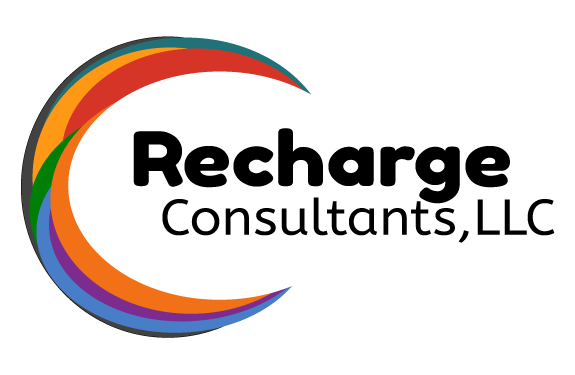Unproductive employees cost the world $7.8 trillion, according Gallup’s State of the Global Workplace: 2022 Report. Engaged productive employees – those with a psychological commitment to one’s work, team, and organization – positively contribute to the success of your business. Motivated employees are engaged employees. They are the organization’s life blood.
Motivated and engaged employees:
- Make initiatives become a reality.
- Connect with coworkers and build trust.
- Know your organization.
- Willing to go the extra mile.
- Believe in what they are selling.
- Create remarkable customer experiences.
Gallup’s report revealed that disengaged employees cost their organizations 34% of their salary every year. It further reported that only one in eight workers are engaged and motivated. Thus, only a small number are productive workers.
Signs of Unproductivity
- Frequent complaints
- Unreasonable excuses
- Does not complete tasks
- Often procrastinates
- No autonomy
- Too comfortable in position
- Over concern with receiving credit
- Not seeking to improve or grow
Dealing with Unmotivated Employees
Resolving productivity issues with employee performance is important to the survival of the business. Though It isn’t enough to warn the erring worker that they may lose their job. Performance communication should begin on the employee’s first day and routinely throughout their relationship with the organization.
Setting Expectations
Likely unproductivity is due to the employee bsing unclear on what is expected. Setting clear expectations is critical. It is important to determine if your process left the employee without understanding clearly what is expected from them.
A detailed job description is useful in providing the needed information. The employee’s job description should be available to the worker throughout their tenure in that position. It then should be available from new hire to termination. Additionally, by regularly reviewing and evaluating the tasks performed to determine if it continues to meet the evolving needs of the business.
An adjustment to the position itself may be what is needed. An updated position evaluation, job description, and performance evaluation may help in determining what needs to be changed to improve productivity.
Additionally, a well-written employee handbook helps to set organization-level expectations and standards. These enforceable elements define the culture, performance measurements, and organizational expectations.
Increase Productivity with Appropriate Tools and Training
Lower productivity may also indicate that the employee is not equipped with the right knowledge and tools in which to perform their tasks. Properly onboarding your new hire with adequate training and tools will determine how quickly the employee will be able to become productive.
Therefore, continuously supporting your employee’s educational needs ensures that they will be able to perform their job. These resources should be available for reference throughout their employment. Even productive employees lose hours each week to searching for scattered organizational materials, such as policies, procedures, checklists, safety data sheets (SDS), and training.
Increasing productivity could simply improving the systems in which they try to work. For instance, an online training and process management tool, such as Trainual and Playbook Builder, gives organizations a method to standardize the way work gets done, streamlines onboarding and training processes, ensures all employees have the knowledge they need to do their best work, and keep teams aligned and accountable no matter where they work from.

Sadly, at times, an employee simply does not perform well due to the lack of appropriate skills. Sometimes, unproducing workers believe that their best doesn’t matter. Then they may feel their work output seems to have no direct impact on the production process. So, it’s important that you help them understand that their efforts are valuable.
Evaluate Productive Efforts
Performance Improvement Plans (PIP) (i.e. employee evaluations) are valuable for keeping communication open, assessing performance, determining educational paths, and providing the employee with a method to contribute to the organization’s success. Therefore, recognize exceptional efforts by giving rewards. Certainly offer praise, recognition, and gratification will motive and inspire increased productivity in staff.
Employers that develop their employees into productive and motivated team members ensure that their employee satisfaction increases.
How We Assist
Recharge Consultants can provide you with customized job descriptions, employee handbooks, and performance improvement plans and related human resource policies and procedures to improve employee productivity. We also offer technology solutions, such as Trainual, through our partners that provide your employees resources they can use at their fingertips.


